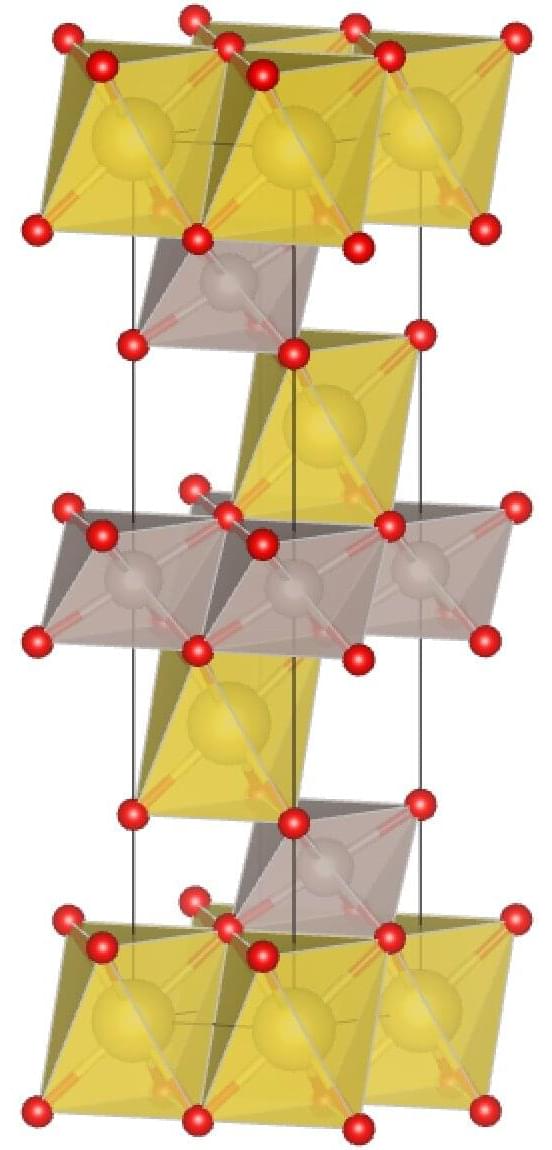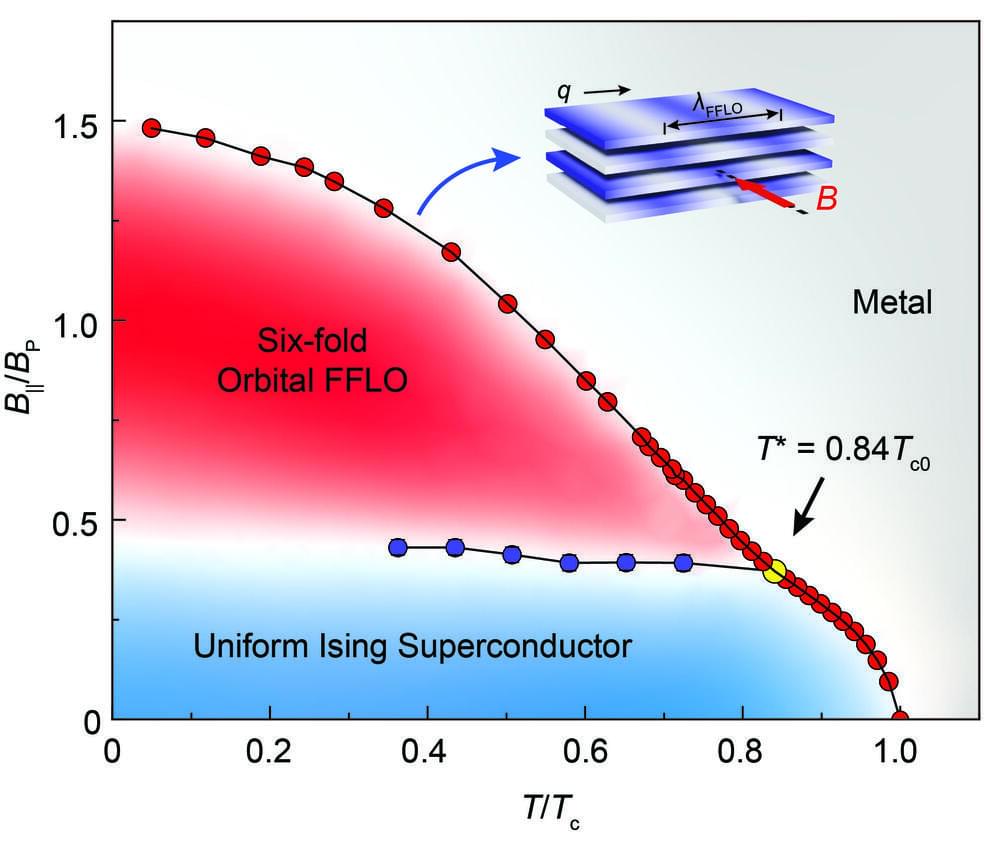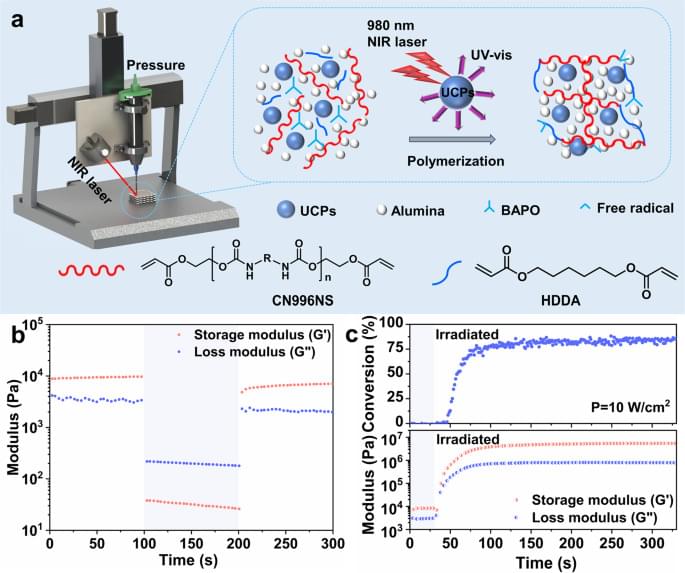May 26, 2023
This house was built partly from recycled diapers
Posted by Shubham Ghosh Roy in categories: habitats, materials
Meet the house that diapers built.
Researchers have designed and erected a house that has shredded, disposable diapers mixed into its concrete and mortar. A single-story home of about 36 square meters can pack nearly 2 cubic meters of used diapers into its floors, columns and walls, the team reports May 18 in Scientific Reports.
Using recycled diapers as composite building materials would not only shrink landfill waste but also could make such homes more affordable, the team says, a particular need in developing countries like Indonesia where the demand for low-cost housing far outstrips the supply.

















